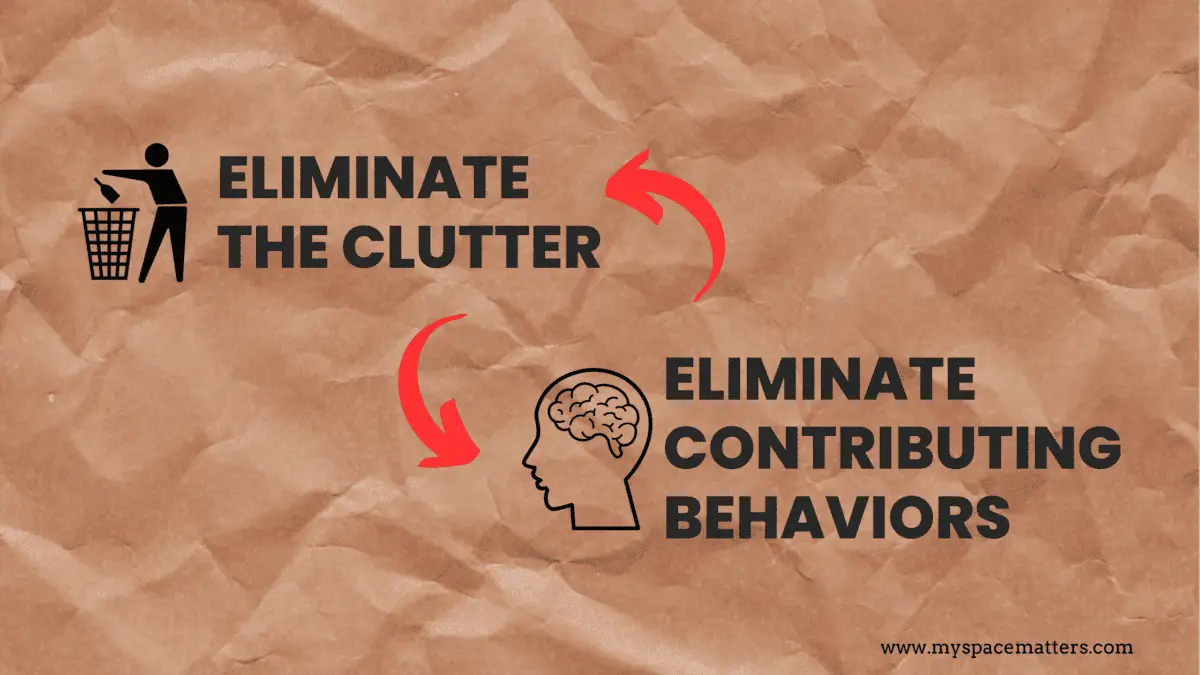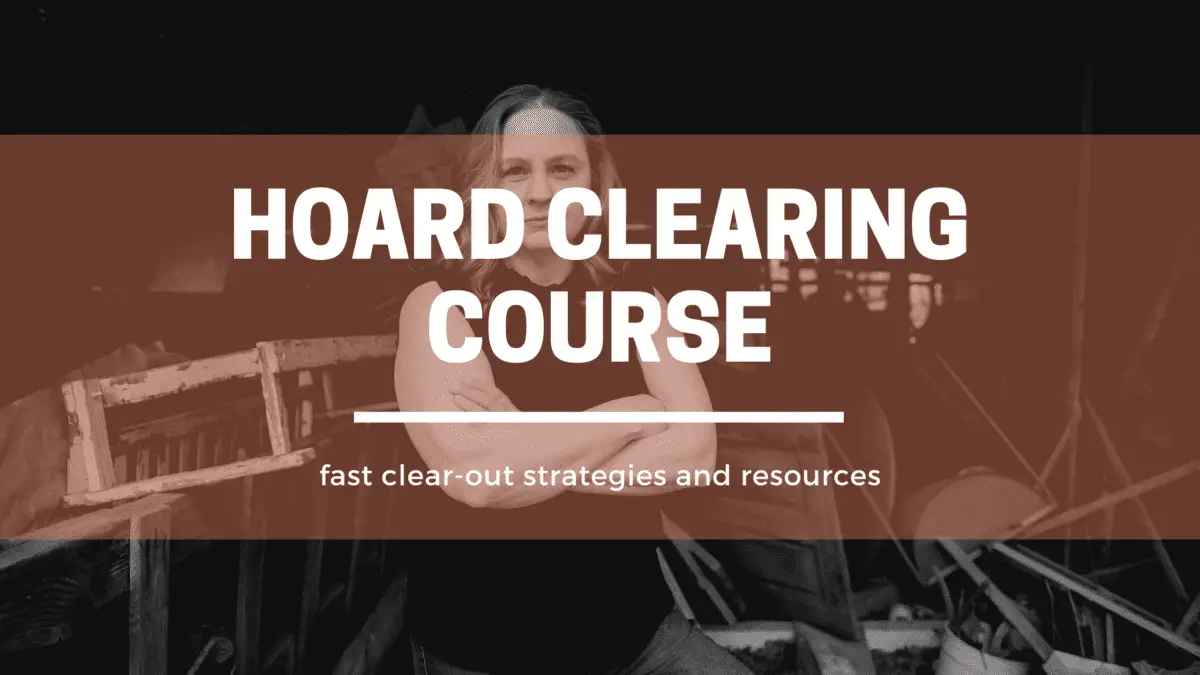I’m Katherine Lawrence, a professional organizer with years of experience working on TV’s Hoarders and managing my own organizing business at www.myspacematters.com. I’m often been asked: How can we help someone with hoarding behavior? The answer is not as simple as you might think, as Hoarding Disorder (HD) is a complex issue with various contributing factors, including trauma and decision-making challenges.
Today, I want to shed light on one of the most noticeable aspects of hoarding behavior, something that you may spot in the homes of your loved ones or clients, and offer a few valuable resources for finding help. That aspect is compulsive buying or excessive shopping.
One of the first things to understand is that hoarding doesn’t always manifest in the same way. You might be familiar with the TV show Hoarders, where you can witness the effects of excessive shopping. Items are piled high, still in bags from retail shops or boxes from Amazon, with tags proudly displayed as if they were brand new. But it’s crucial to note that hoarding behavior isn’t limited to brand-new items.
In some cases, it can be more challenging to spot when people shop secondhand. However, if you notice your client or loved one is eager to declutter and let go of things during your sessions, only to return for the next session with a fresh batch of purchases, including similar items, it’s a significant red flag. This pattern indicates compulsive buying, a key factor in hoarding behavior.
Why Addressing Compulsive Buying Matters. You might wonder why it’s essential to tackle compulsive buying if you or someone you’re helping deals with hoarding tendencies. The reason is simple: while decluttering is necessary for health and safety reasons, clearing out a home while the person continues to acquire new items is like trying to heal a wound that won’t stop bleeding.
So, how do we address hoarding behavior effectively? I believe there are two distinct parts to this complex issue: eliminating clutter from the home and tackling the behaviors that contribute to hoarding.

Here’s the hard truth: hoarding is not just about having too much stuff; it’s a psychological disorder that demands proper treatment. If compulsive buying is a significant contributing factor, we need to take specific actions to help individuals break free from this cycle. Here’s what to do:
1. Admitting There’s a Problem and Seeking a Diagnosis
The first step towards recovery is admitting there’s a problem. This may sound obvious, but it’s essential. While it might be clear to some people that their home is in a state of crisis, I’ve met countless individuals who see no issue with the state of their living spaces and fail to understand why others are concerned.
Whether you’re helping someone or dealing with hoarding tendencies yourself, it’s crucial to recognize and admit that there’s a problem before finding a solution. I always stress the importance of willingness to address the issue. If a concerned family member contacts me saying, “My mother’s a hoarder; you should work with her,” my first question is whether the mother acknowledges the hoarding problem. Without that acknowledgment, progress is not possible.
2. Self-Help Resources
One fantastic way to start addressing compulsive buying and hoarding behavior is by exploring self-help resources. I highly recommend two books that specifically tackle compulsive buying and hoarding:
- “Buried in Treasures” by Dr. Tolin and his co-authors: This book is a fantastic resource that combines exercises and strategies, making it a part workbook and part diagnostic tool. It offers valuable insights into the problem and potential solutions.
- “To Buy or Not to Buy: Why We Overshop and How to Stop” by April Lane Benson, PhD: Dr. Benson’s book provides practical strategies to combat overshopping and compulsive buying. It’s a valuable resource for understanding the psychological aspects of excessive shopping.
3. Support Groups
Another effective approach is to find support groups. While I personally haven’t attended any, there are several available online. I recommend doing your research to find a group that suits your or your client’s needs. The support of like-minded individuals who understand the challenges of compulsive buying can be invaluable.
4. Therapy for Hoarding Disorder
Seeking therapy for hoarding disorder is crucial. While compulsive shopping may not be specifically listed in the Diagnostic and Statistical Manual of Mental Disorders (DSM), it’s often a significant part of the hoarding puzzle. When searching for a therapist, be honest about the compulsive buying aspect to determine if the therapist is a good fit. Therapy, such as cognitive-behavioral therapy (CBT), can be immensely helpful in addressing hoarding behavior.
5. Working with a Professional Organizer
Finally, consider enlisting the help of a professional organizer. While professional organizers don’t treat hoarding disorder, they can play a vital role in your journey to reclaim your space. Professional organizers can assist in making your home safe and functional while also serving as accountability partners, keeping an eye on unwanted behaviors.
We professional organizers are acutely aware and sensitive to the extra items in your home, including all those new purchases. We’re here to support you in your quest to declutter and regain control of your living space.
Remember, you’re not alone and help is available. If you’re interested in learning more about the exact decluttering process I’ve used while working on TV’s Hoarders, check out my courses Tackle the Hoard. Additionally, episodes of the show are currently streaming on Netflix and A&E, providing additional insights into hoarding behavior.

If you’re wondering whether an intervention is necessary, check out my previous blog post “Hoarding Intervention: When Hoarding Crosses the Line.”
Thank you for joining me today, and I look forward to helping you or your clients tackle hoarding behavior and compulsive buying. Remember, the first step is acknowledging the problem, and from there, the path to healing begins.
Stay organized and clutter-free!










![Organized Living: Solutions and Inspiration for Your Home [A Home Organization Book]](https://m.media-amazon.com/images/I/41YV91X2muL._SL160_.jpg)





